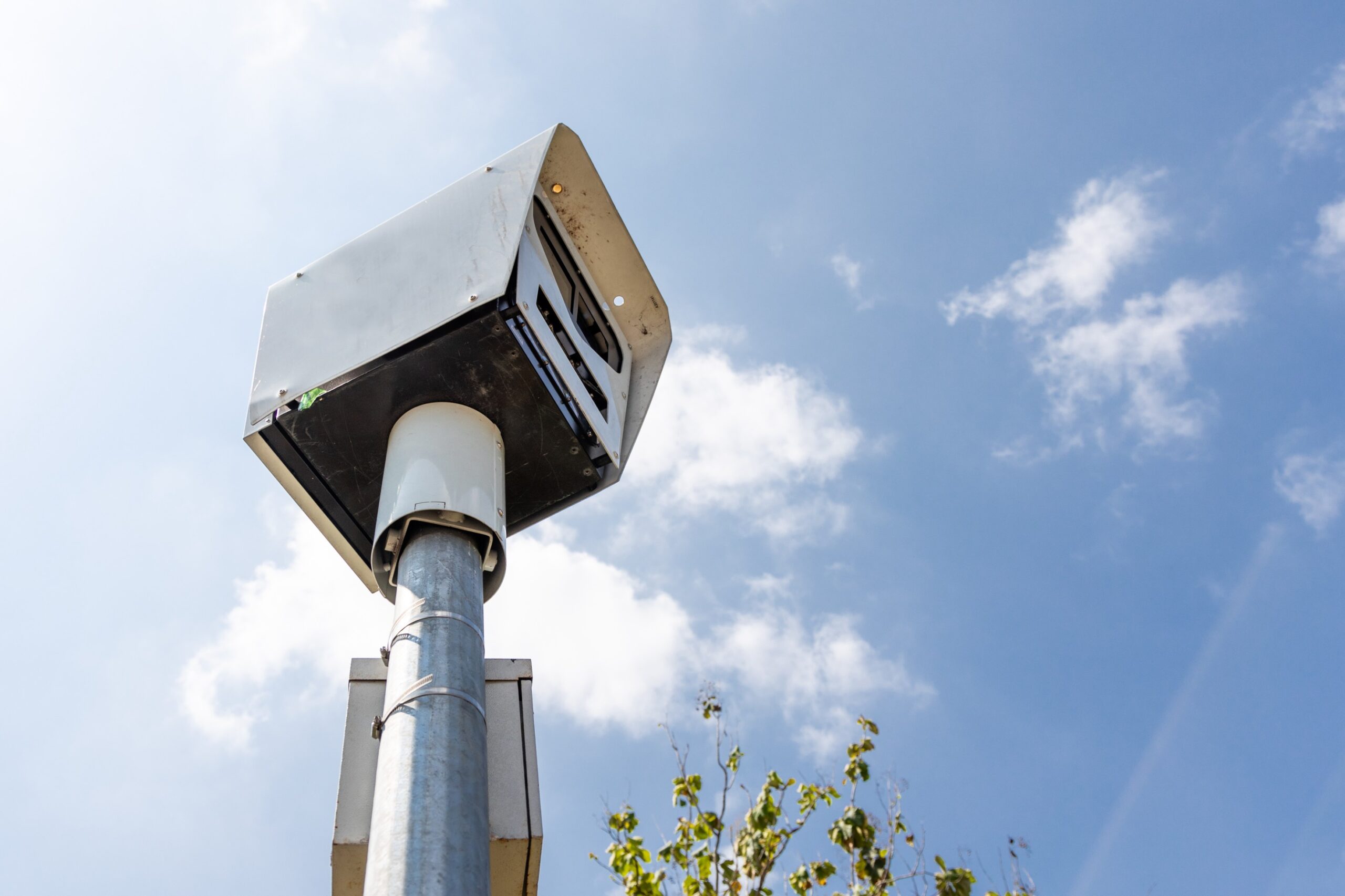Radar Speed Measurement Standards Under Kansas City Traffic Law

Understanding Radar Speed Measurement in Kansas City
Radar speed measurement is an integral part of Kansas City traffic law enforcement. Police officers employ radar technology to detect and measure the speed of vehicles on commercial streets, highways, and residential areas. The equipment helps to enforce speed limits, reduce traffic accidents, and provide public safety.
The use of radar during traffic stops is regulated by strict mandates from local and state governments. Regulations make measurements fair, accurate, and acceptable in court as evidence. An understanding of how the regulations work can alert drivers to their rights and responsibilities when stopped on charges of speeding.
How Radar Devices Measure Vehicle Speed
Police radar relies on the Doppler effect. A radar gun sends out a radio wave that reflects off a speeding automobile and comes back to the gun. If the automobile is moving, the frequency of the wave coming back is changed. The radar takes the automobile’s speed from the frequency change.
Kansas City police use stationary radar and mobile radar systems. Stationary radar is used when the patrol cars are at a standstill, and the moving radar can be in operation even when the police car is on the move. Both these systems must be tested and calibrated so that the results are accurate.
Requirements for Calibration and Testing
Accuracy is of utmost importance when it comes to radar-based evidence in court. Kansas City traffic radar law equipment is also to be inspected at the start and end of each shift. Officers usually calibrate their equipment by checking it with tuning forks or pre-determined standards of calibration.
If the checks are not conducted by an officer, the radar reading may be challenged in court. Some local attorneys use it as part of their defense for a speeding violation. Equipment calibration prevents readings from being invalid and prevents drivers from receiving unwarranted citations.
Environmental and Operational Factors
Radar precision depends on numerous factors. Bad weather, like heavy rains, fog, or snow, will disrupt radar waves. Billboard signs, reflective surfaces, or clusters of automobiles can generate signal scatter or false returns.
Kansas City police officers are instructed to be watchful of these issues. Officers must make sure that they have an unobstructed line of sight to the target vehicle. Officers are also instructed on how to properly interpret radar readings and validate results through observation.
Operational procedures require officers to follow step-by-step setup procedures such as target aiming angles, car positioning, and sensitivity of the environment. This ensures that every radar reading is technically and legally correct.
Legal Use of Radar Evidence in Kansas City Traffic Court
A radar read can only be accepted as valid evidence in Kansas City traffic court if some requirements are met:
- The radar equipment needs to be approved and certified for use by the police.
- The officer needs to be trained and certified to use radar.
- Calibration logs should indicate that the device was calibrated before and after issuing the citation.
- The officer should be able to attest that the procedure was not deviated from.
Without taking any one of these steps, the defense can challenge the speeding ticket. Speeding Ticket KC observes that a local traffic defense company regularly takes these factors into account while helping clients with challenging radar-based speeding tickets.
Kansas City Radar Enforcement Standards
The Kansas City Police Department also follows national policies established by organizations like the National Highway Traffic Safety Administration (NHTSA) and the International Association of Chiefs of Police (IACP). The policies include calibration of radar, officer training, and radar certification.
Local enforcement also conforms to Missouri state law, which governs the use of radar evidence in traffic enforcement. The laws are designed to promote uniform enforcement and fairness to all road users.
The Role of Technology in Modern Speed Enforcement
While radar is the most general speed-detector technology, Kansas City police also use lidar (laser radar) and automatic speed cameras at a few sites. Lidar differs in that it sends out bursts of light instead of radio waves, offering better accuracy at a distance.
Yet traditional radar remains the stock speed enforcement equipment in the majority of city police patrol vehicles. Later models are even more precise as a result of improvements in digital displays, data storage, and direction of the radar beam.
Radar Devices Typically Used in Kansas City
Kansas City police units employ several radar devices, including:
- Handheld radar guns are portable.
- Dash-mounted radar units, installed in patrol vehicles.
- Fixed radar systems, to monitor high-speed locations or intersections.
All the equipment has to be certified by the state-approved standards before use in traffic enforcement. Most police radars in the area are supplied by various manufacturers such as Stalker, Decatur, and Kustom Signals.
Radar and Motorist Awareness
It is in the interest of drivers to know how radar enforcement operates so they can be informed and aware while driving. Speed limits are designed to minimize accidents and guarantee traffic safety. Radar equipment is not as scary as it appears and is used as a preventive measure and not as a trap.
Missouri motorists are also permitted to mount radar detectors, as the state does not prohibit private vehicle use of them. But it will not legalize speeding either. The police officers in Kansas City still can give a ticket if the driver is speeding.
How Speeding Ticket KC Helps
Speeding Ticket KC is the lawyer who represents Kansas City motorists who are issued speeding tickets based on radar. The firm reviews each case for problems with calibration, training issues with the officers, and potential procedural errors. For most motorists, technical errors in radar usage can be a big difference in the outcome of the case.
Understanding radar law is an attempt to protect driver rights and ensure good enforcement of Kansas City traffic laws by Speeding Ticket KC.
FAQs
1. How often should Kansas City police test radar equipment?
Radar equipment is tested at the start and end of each officer’s shift to ensure accuracy and calibration.
2. Can radar be incorrect?
Yes. Radar malfunction can occur due to weather, reflection of the signal, or incorrect aiming, and provide a wrong reading.
3. Is radar always acceptable in court?
Not always. A radar ticket is pre-vacated by the court when the equipment wasn’t properly tested or operated.
4. Do police in Kansas City use radar and lidar together?
Sometimes. Lidar is more precise, especially during heavy traffic, but radar is still extremely prevalent.
5. How does Speeding Ticket KC help defend against a radar speeding ticket?
Speeding Ticket KC reviews radar calibration reports and police procedures to look for potential legal defenses.
Final Thoughts
Radar speed measurement forms a cornerstone of the Kansas City traffic enforcement system. Its effective usage guarantees precise speed detection and accident prevention. Radar evidence can be queried if procedures are not followed.
Drivers who understand how radar works—and what is required in police procedure—are better able to protect their rights. Speeding Ticket KC is committed to ensuring Kansas City drivers are given due process under traffic law. Speak with a local Kansas City traffic defense lawyer today.

